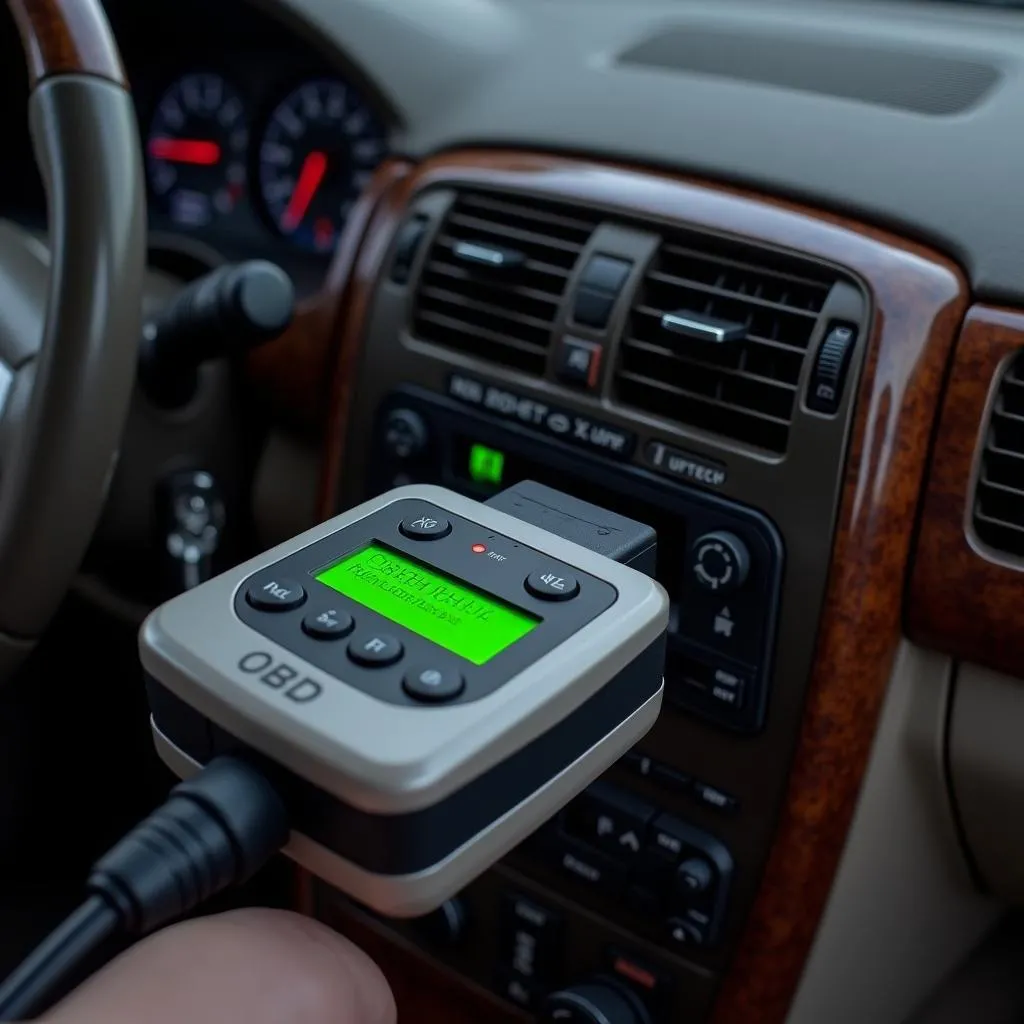You’re ready to arm your car’s security system but hit a snag – you don’t recognize the anti-theft device. Sound familiar? Don’t worry, it happens more often than you’d think! Identifying your specific anti-theft system is the first step towards peace of mind and keeping your car safe.
This article walks you through the process of figuring out your car’s anti-theft system. Let’s get started!
Why Knowing Your Anti-theft Device Matters
Beyond simply arming and disarming, understanding your anti-theft system can be crucial for several reasons:
- Troubleshooting: Knowing your system helps you identify potential issues, whether it’s a malfunctioning alarm or a problem with the immobilizer.
- Insurance Discounts: Some insurance companies offer reduced premiums for vehicles equipped with specific anti-theft devices.
- Repairs and Replacements: If your key fob needs replacing or you’re considering an upgrade, knowing the exact system helps you find compatible parts and services. For example, did you know that some anti-theft steering column locks can count as a security system for insurance purposes? Learn more about that here.
Identifying Your Anti-theft System
Here’s a breakdown of how to determine what type of security system your vehicle has:
1. Check Your Owner’s Manual
Your owner’s manual is the treasure map to your car’s features, including its security system. Look for sections titled “Security System,” “Anti-theft,” or “Keyless Entry.”
2. Inspect Your Car
Visual clues often reveal the type of anti-theft system installed:
- Steering Wheel Lock: A visible lock that engages when the vehicle is off.
- Alarm Stickers: Manufacturers often place stickers on car windows, indicating the brand of the alarm system (e.g., Viper, Clifford).
- Key Fob: Examine your key fob for brand logos or specific buttons that might indicate features like remote start, which are often tied to anti-theft systems.
- Dashboard Lights: Look for flashing LED lights on the dashboard, which usually signify an active alarm system.
 car dashboard
car dashboard
3. Contact Your Dealer or a Mechanic
If the previous steps are unsuccessful, don’t hesitate to reach out to your car dealer or a trusted mechanic. They can use your VIN (Vehicle Identification Number) to look up your car’s specific security features.
4. Utilize Diagnostic Software
For the tech-savvy, advanced diagnostic software like those offered by Cardiagtech can interface with your vehicle’s computer system, providing detailed information about the installed anti-theft system. You can explore Cardiagtech’s range of diagnostic products here.
 car diagnostic
car diagnostic
FAQs About Automotive Anti-theft Devices
Here are some frequently asked questions that may help you gain a better understanding:
-
Can an anti-theft car alarm help reduce my insurance premiums?
Yes, many insurance providers offer discounts for vehicles equipped with active anti-theft devices. It’s always best to check with your specific provider to understand their policies. You can find out more about insurance discounts for anti-theft devices here.
-
Can a dealer enforce the installation of a specific anti-theft device?
Dealers cannot legally require you to install a particular anti-theft device unless it’s a standard feature of the vehicle. To learn more about dealer policies on anti-theft devices, you can read our article here.
-
What are the most common types of car anti-theft systems?
Common types include immobilizers, car alarms, GPS tracking systems, steering wheel locks, and kill switches.
Conclusion
Knowing which anti-theft device your car has is essential for maintaining your vehicle’s security and even saving you money on insurance premiums. By following the steps outlined above, you should be able to identify your system. If you’re ever unsure or require assistance, remember that professional help is just a phone call away. CARDIAGTECH is here to support you with all your car diagnostic needs.

